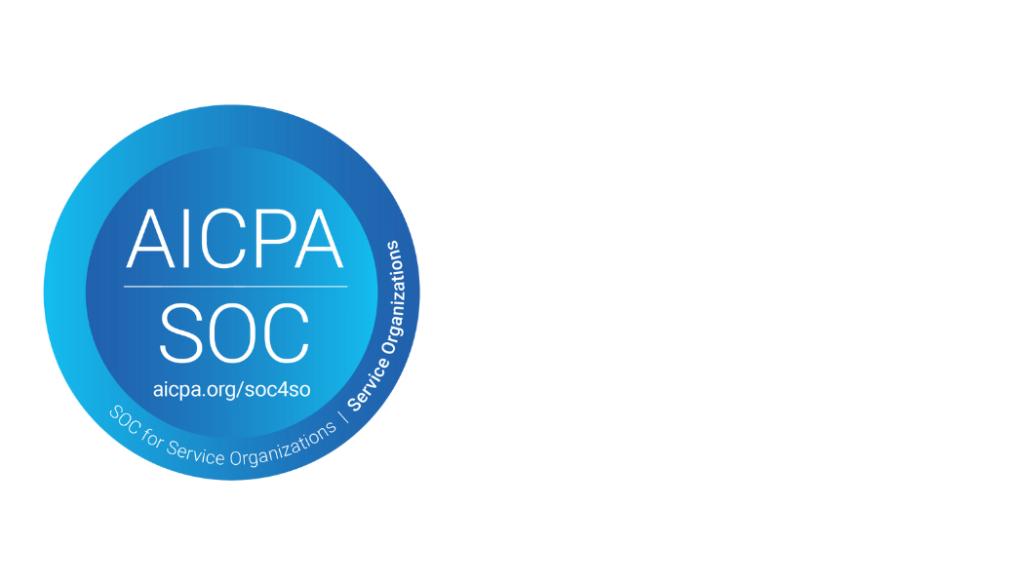(Note: This article was originally published in our employee newsletter, but it’s a subject of interest to enough people that we decided to make it public!)

Ever since the television set became a common household item in the 1950s, doctors, parents, and fitness buffs have bemoaned the fact that we’re spending more and more of our time looking at screens. And the amount of time we spend in front of them has only increased over the years, as more screens make their way into our lives for a multitude of reasons.
The big change that’s taken place over the past thirty years or so is that we no longer use screens mostly in our free time, for entertainment. We use them as a primary means of conducting business – whether that’s our personal banking, shopping, and correspondence, or as a core component of our jobs. A 2022 study of remote workers whose jobs involved computers found that they spent an average of 13 hours per day (!) looking at various screens. If we’re allegedly awake for about 16 hours a day and sleeping for eight, that means we’re spending more than 80 percent of our waking hours in front of a screen!
As we’ve become increasingly glued to our screens, there’s been a lot of speculation about what effect that has on our vision over time. When our parents told us, “Stop staring at that screen, you’ll ruin your eyes,” were they on to something?
Separating blue light fact from hype
At the center of the screen time debate is one big question that comes up again and again: Just how bad is blue light for your eyes? A small industry has sprung up around this topic, offering all sorts of eyewear, screen covers, and other ergonomic and behavior suggestions to reduce your exposure to this potential menace.
It’s worth mentioning, before we really get into it, that electronic screens produce light in the entire visible spectrum, not only blue. And conversely, blue light doesn’t only come from screens – it’s everywhere, including room lighting and natural light from the sun. As far as screens go, blue is just one component of the RGB mix that each pixel uses to create a specific color.
So why all the focus on blue? Two main reasons: First, it contains the most energy of any color light in the visible spectrum, just below UV, which does have known health effects. And second, it does play a role in some other body processes that aren’t directly linked to vision – more on that in a moment.
But, back to the big question: Is the light coming from a computer screen or a smartphone going to put you at risk for long-term vision problems? Most research seems to point to the conclusion that it probably isn’t, the main reason being that it just isn’t intense enough to cause any damage. The sun can be nearly 100,000 times brighter than your screen, and studies on various types of artificial lighting have found that blue light from screens comes in at a small fraction of 1 percent of the level deemed hazardous. The bottom line is that, just like electromagnetic radiation from cell phone towers or your WiFi router, it’s not the right type or intensity to cause problems, and in the case of blue light, you’re exposed to worse from the background levels in the environment.
A few years ago, you may remember some debate about whether blue light from screens could be linked to macular degeneration, a leading cause of blindness among older people. Since the 1990s, it’s been known that excessive blue light exposure causes a similar condition in rodents. But since human eyes are much different from rodent eyes, they actually do a lot better job of filtering out harmful levels of blue light before it reaches your retina. The coloring of your pupils, the lens behind your iris, and the substance inside your eye, all diffuse or absorb some of the light and make it easier on your retina. Empirically speaking, if a link between screens and macular degeneration existed, we likely would’ve seen an explosion in cases over the past few decades, but the primary risk factor still appears to be age.
Eye strain – what you should watch out for, and how to change your habits to help

While there’s no definitive evidence linking blue light from screens with eye damage, another concern that comes up often is eye strain. There’s no reported link between eye strain and blue light specifically either – but there ARE some things about the way we use screens today that can make it a problem.
For one thing, our eyes tend to be a lot closer to the screen than they used to. Back when most of our screen time was spent watching TV, we were sitting across the room, several feet away. But in front of a computer, that distance drops dramatically. Even if your monitor is sitting well back on your desk, chances are it’s not much more than 18 inches from your face. If it’s positioned right in back of your keyboard, it’s probably more like 12 inches. And when we’re looking at smartphones – the overwhelming majority of our non-work screen time – most of us hold them less than a foot away from our eyes. It’s just the way our arms bend naturally. If you don’t believe any of these numbers, take a tape measure and see for yourself! You’ll probably be surprised by how close you are to your screen.

The other big factor in eye strain is the length of time you spend looking at something, and – you guessed it – along with our big overall increase in screen time, we also tend to spend longer stretches at once looking directly at a screen. While we’re doing this, we also blink a lot less: Our normal blink rate is around 20 times per minute, but while looking at a screen, that drops all the way into to the low to mid single digits. Long story short, being closer and staring longer are a brutal combination that makes our eyes get dried out and tired, which is why experts recommend the “20-20-20 rule” – for every 20 minutes you spend in front of a screen, look away for 20 seconds, at something at least 20 feet away. And if at all possible, increase the distance between the monitor and your face. Even six inches can make a big difference. (You may find that it helps improve your posture, too!)
One other environmental factor that can make screens easier on your eyes is their brightness compared to what’s around them. If your monitor is in a dark room, with a dark background behind it, your eyes will have bigger adjustment to make than if the light levels were similar. Brightening up your work area a little bit can make a big difference!
Screen time and sleep
You may have also heard that blue light is linked to our sleeping habits, and research suggests that isn’t just a myth. Besides the rod and cone cells that allow our eyes to see light, scientists have found a type of cells called intrinsically photosensitive retinal ganglion cells (ipRGCs) that make up about 1%-2% of the cells in our retinas. These ipRGCs sense light, but aren’t directly involved in vision – instead, they send signals to the areas of the brain that control, among other things, our day/night circadian rhythm, and pupil dilation in response to light.
As it turns out, ipRGCs are most sensitive in a band around the 480-nanometer wavelength, which is the high end of the blue spectrum. So there is truth to the claim that blue light makes your body think it’s supposed to be awake. But that has more to do with the time of day at which you see the blue light, and not the cumulative amount you see throughout the day. If you’re not looking at a screen just before bed, you’re probably ok.
UV and cataracts
One well-established link between light and vision problems is that your risk of developing cataracts is directly connected to your cumulative lifetime exposure to ultraviolet, or UV, light. The good news here is that LCD and LED monitors, which represent the vast majority of those in use today, don’t emit any UV light at all. Since UV sits just above blue light on the energy spectrum, there has been some concern that both could contribute to cataract formation, although that research is still ongoing – and in either case, the amount that you get outdoors far exceeds what you get from a monitor.
Do any of these special glasses and lenses help?

You’ve probably seen all sorts of eyewear touted for its blue and UV-blocking effects – but do any of them do any good? Some do, some are overkill.
Probably the most important thing is that almost all prescription eyeglasses and contact lenses provide a degree of protection from UV, the one type of light known to cause problems in the long term. (Sunglasses are still recommended even if you are wearing UV-resistant lenses, though.) Some eyeglasses – and for the first time, now even certain contacts – also have anti-blue light versions too. Are they worth it? What about those yellow-tinted plastic glasses specifically for blocking blue light?
The answer is that while any of these certainly aren’t going to hurt anything, it’s mostly a matter of personal preference. If one of them gives you a more pleasant viewing experience, or even just puts your mind at ease, don’t let anything stop you. But in the meantime, you’ll do the most good by taking a break every so often, matching the light level of the room, and backing up a few inches from your screen!





